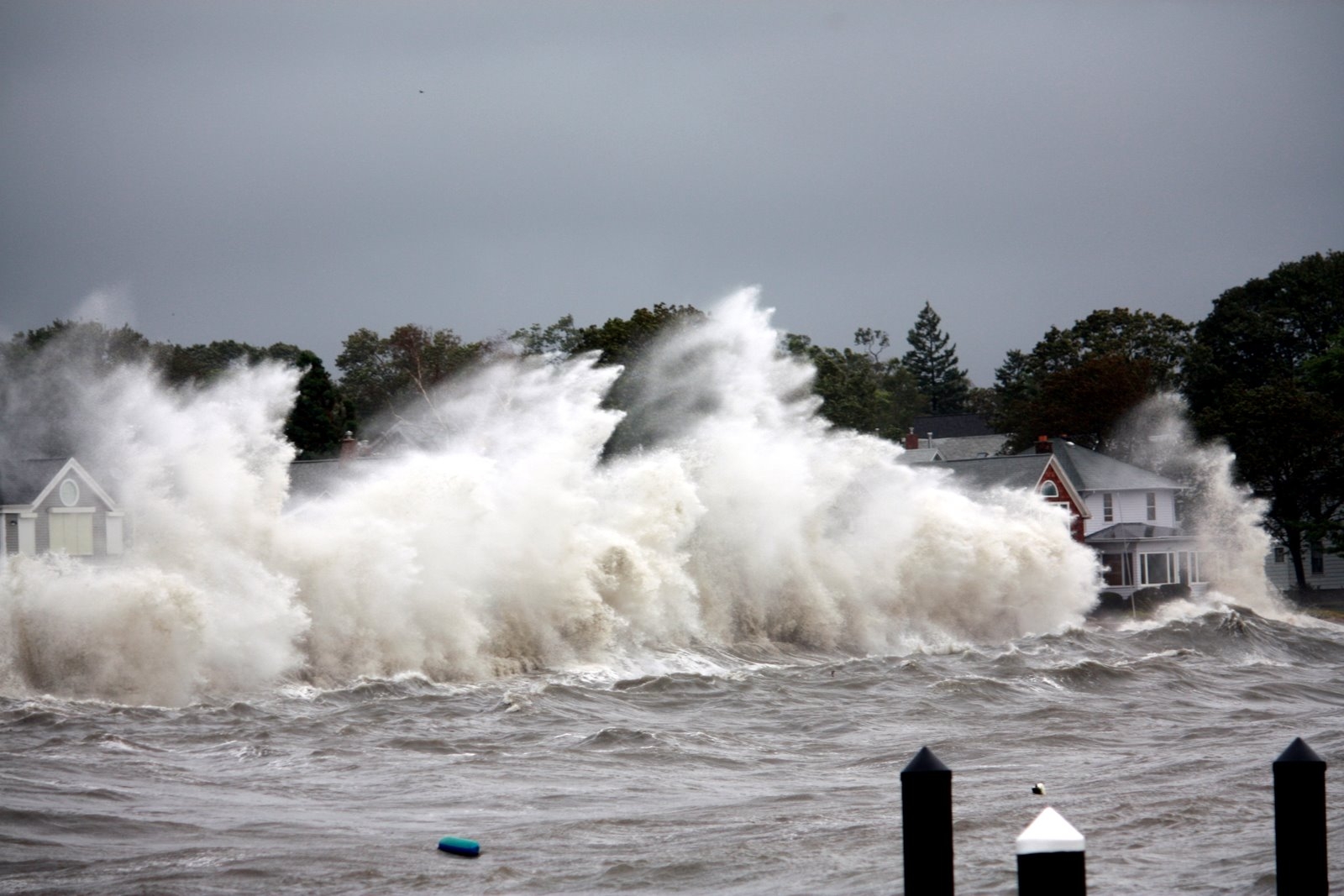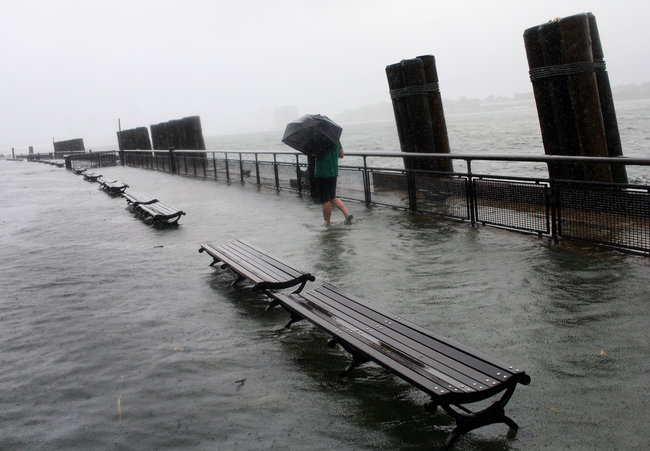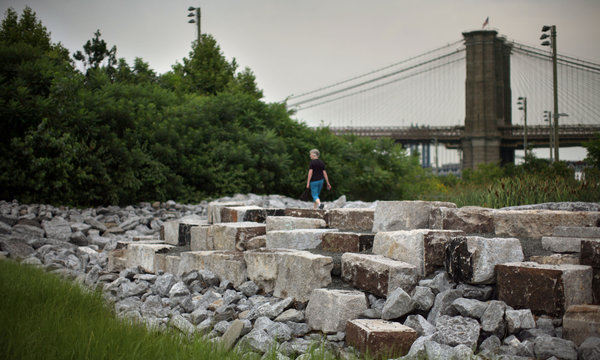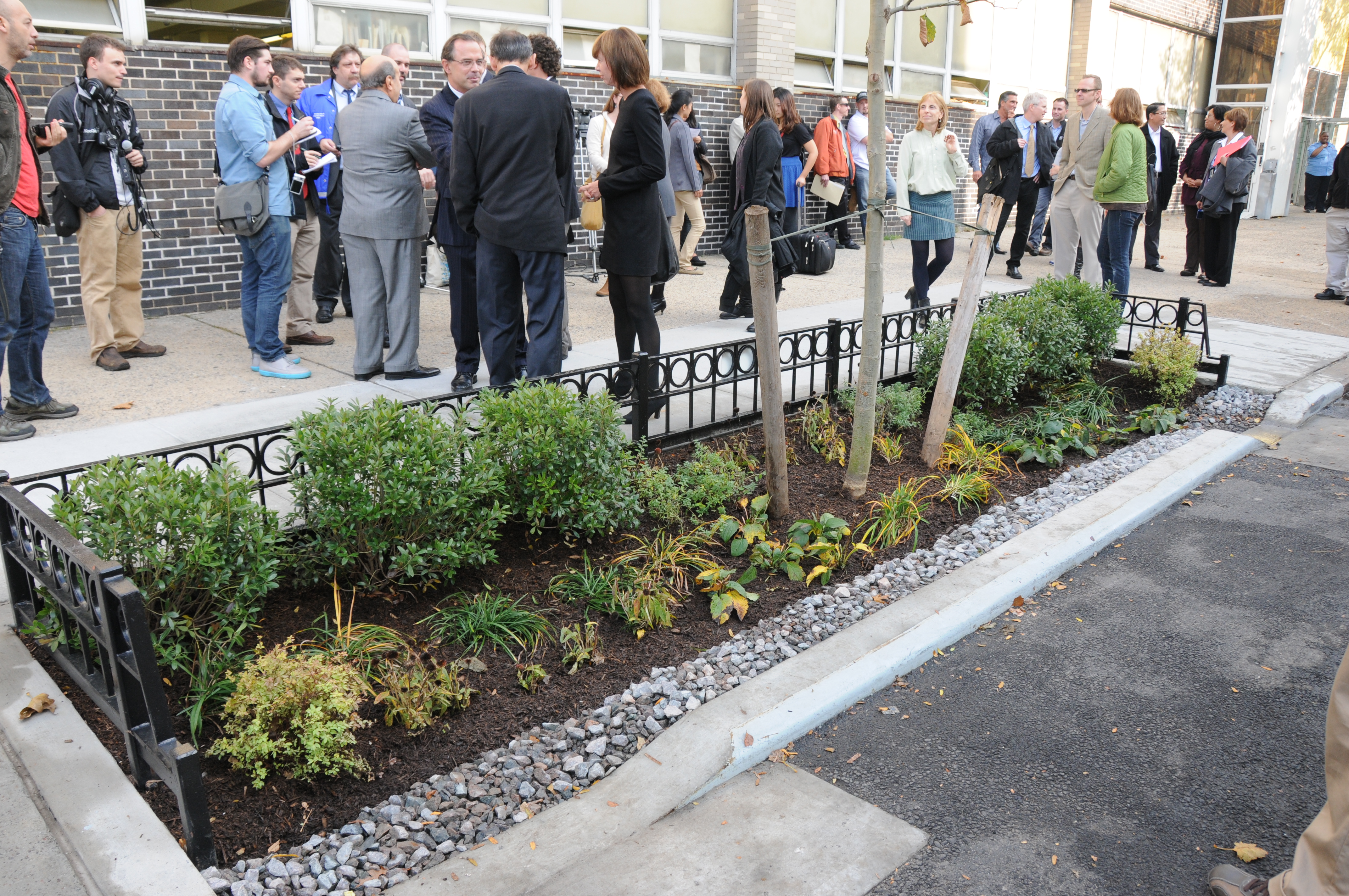A year ago, Connecticut’s coastline was ravaged by Tropical Storm Irene. Houses were destroyed, habitats were damaged, and we are still rebuilding from that storm today.

Connecticut isn’t the only place in the region that felt the effects of Irene. New York City, with its 520-mile long coastline, braced itself for the storm by evacuating 370,000 people and shutting down the subway system. While parts of the city did flood, it managed to escape the full effect of the storm’s fury. However, this brush with Storm Irene indicated that the city is years away from being prepared to weather more frequent severe storms and storm surges.

Source: New York Times
Both New York City and Connecticut have significant shoreline infrastructure, including transportation (like Metro-North, Shoreline East, and I-95), industry (like potentially toxic old manufacturing plants and petroleum facilities in ports), wastewater treatment facilities, drinking water supplies, and many private homes. With predictions of a 12-inch sea level rise in Long Island Sound and a 24-inch rise in the waters around New York City by 2050, it is essential we begin to take steps now to protect our region.
This spring, the Connecticut state legislature passed An Act Concerning the Coastal Management Act and Shoreline Flood and Erosion Control Structures. It builds on the findings of the Climate Change Adaptation Subcommittee and the Two-Storm Panel and begins to codify approaches that might address some of these issues. Specifically, it adds sea level rise to the list of factors that should be considered when making development decisions; encourages use of wave-buffering, natural features like dunes and coastal marshes; allows for protection of important infrastructure and older homes; protects the permit process for habitat restoration projects; and protects the rights of those seeking to appeal an approved project. This bill sparked conversation and was a good attempt to move ideas into law, but it must be remembered that this is the start of the conversation, not the conclusion.
Two recently inaugurated entities show Connecticut’s willingness to combat the growing threat of climate change and sea level rise on Connecticut’s coastline. First is the bipartisan Shoreline Preservation Taskforce, which will study the impact of climate change on our coastline and hopefully, recommend policy changes that protect the Sound while preserving private rights. The other is a new Long Island Sound Caucus was created to address concerns related to Long Island Sound and our region’s future.

As Connecticut moves forward it can learn from New York City, which has taken some steps to study sea level rise. Mayor Bloomberg’s administration is expanding wetlands to accommodate surging tides, installing green infrastructure techniques to absorb rainwater, and urging property owners to move boilers out of flood-prone basements.

Source: New York Times
However, according to a recent New York Times article, critics believe that the city isn’t moving quickly enough to address these eminent threats. According to the article,
“With higher seas, a common storm could prove as damaging as the rare big storm or hurricane is today, scientists say. Were sea levels to rise four feet by the 2080s, for example, 34 percent of the city’s streets could lie in the flood-risk zone, compared with just 11 percent now, a 2011 study commissioned by the state said.”
The twin issues of climate change and sea level rise require multi-pronged responses. First, we must do our part to mitigate climate change by reducing our region’s greenhouse gas emissions. Second, Connecticut and New York should begin planning for the migration of key infrastructure to higher ground, and determine Plan B’s to protect infrastructure that can’t be moved. Lastly, both states must identify opportunities to protect existing coastal marshes and to expand use of green infrastructure practices. This will allow for marsh retreat inland, buffering against waves and absorption of heavy rains and flooding.

Photo courtesy of the NYC Department of Environmental Protection
There is no doubt that identifying and implementing ways to protect our shoreline will be a long-term project. Similarly, there is no arguing that such efforts will require serious commitment and investment by both New York and Connecticut. We hope that both states continue to expand on their current efforts, after all if the region learned one lesson from Irene, it is that the storm is brewing, and we cannot afford to be caught unaware.
Posted by Rebecca Kaplan, director of communications for CFE/Save the Sound

If you are sensitive tto pet hairs be sure that ylur dog or cat doesn’t sleep in your bed.